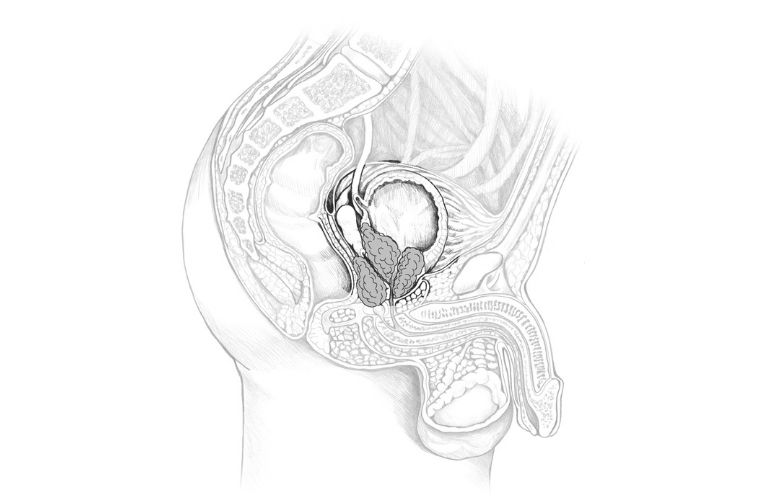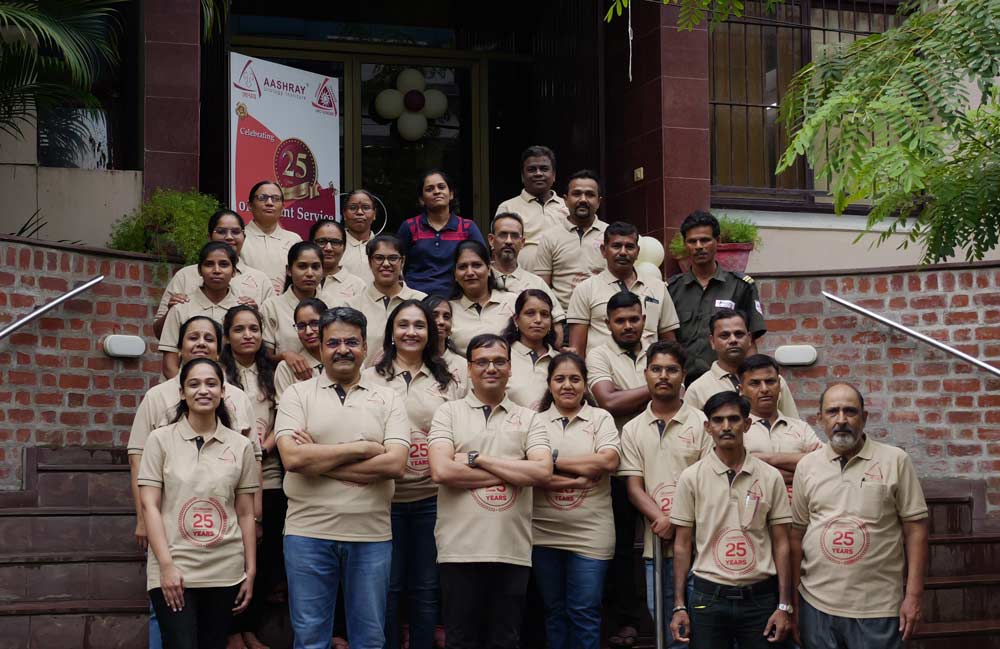

We stand out with our patient-centered approach and a commitment to delivering the best possible outcomes.
Here are some common questions about Cancer Prostate and how we can help you.
We offer a variety of evidence-based treatments for prostate cancer, including surgery, radiation therapy, hormone therapy, and chemotherapy, tailored to your individual needs and diagnosis.
Yes, we offer second opinion consultations to ensure you have all the information needed to make an informed decision about your treatment plan.
Yes, every patient receives a personalized care plan that is created based on their specific diagnosis, health condition, and personal preferences.
We offer a range of support services, including counseling, nutritional guidance, physical therapy, and support groups, to help you through every step of your treatment and recovery.

Integrated care teams focus on your psychological, emotional, and physical health.

Utilization of clinical trials and modern treatment strategies to maximize results.

Get treated at the First and Only Standalone NABH fully accredited Urology hospital in Gujarat.

Trustworthy referrals in the case that you require advances treatment options not available in Vadodara.

Access to educational materials and support groups to help you feel informed and supported.

We address not just the cancer, but the entire patient experience for better healing.
It’s natural to have worries about treatment efficacy, potential risks, and financial burdens. Our team is here to support you throughout your journey with personalized care and clear information.
We use evidence-based approaches to ensure the highest chance of success and constantly monitor progress.
We prioritize your comfort and well-being by discussing potential side effects before treatment and tailoring strategies to mitigate them.
We offer transparent pricing options and work with insurance providers to help manage costs effectively.
Every patient is different, and we assess individual risks carefully before proceeding with treatments.
Our pricing structure is transparent and competitive, ensuring patients receive premium care within their budget.
Detailed evaluation and discussion of symptoms.
Prices vary based on tests required.
Costs depend on the type of treatment selected.
I felt cared for every step of the way.
Hear from our patients about their experiences.